Travel behavior has changed quite a bit in the last decade and the online booking journey has become more complex. Your website visitors have a lot of options for booking a place to stay on their next trip. You compete against other hotels, Airbnb, the many choices on OTAs and review platforms. In this article you will learn concrete actions you can take to provide a highly personalized guest journey from the first visit to your website to loyalty membership and beyond.
The Booking Journey
Did you know that 58% of people on an OTA visit the hotel’s website first, before going back to book on the OTA? What makes these future guests go back?
There are many potential reasons, yet the top reasons are convenience, better price offer and additional value of OTA and a lack of personalization on hotel websites. The sad truth is that it is not OTAs who “steal” the hotel’s guest. It is the hotel that easily let the guest go away.
After guests make a short list of the hotel on an OTA, they are more likely to come back to explore the hotel website. You can create a more personalized connection with those visitors, increase your own direct bookings and lower your commissions while building a network of future visitors. This all starts at the moment a guest first lands on your website.
6 Personalization Tips for Hotels to Increase Conversions
Below you find 6 tips for hotels that will help you for personalization of your website, their stay and beyond to gain more direct bookings and increase your revenue.
1. Right Message, Right Time
Your website visitors expect a personalized journey throughout the booking process. In a research report from Garth Overmyer, Director of Ecommerce & Direct Distribution , SABRE, 74% of visitors reported they get frustrated when they see messaging that has nothing to do with what they’re looking for . This frustration leads to people leaving your website, never to return. Some will choose another hotel. Some will choose to stay with you, but will not directly book through your website.
For more personalization, you need to make sure that the messaging the guests see on your websites, matches what they are looking for. You provide them with an all-important personalized experience, before they ever step foot in your hotel.
In order to provide personalized messaging to the right visitors at the right time, you need to start with their first search and respond to that. When looking for a room, a visitor selects the number of adults, children and rooms needed. You can create tailored messages for your top visitors based on your existing marketing campaigns:
- Got a special offer for long stays? Highlight this only when a guest chooses a specific number of days;
- Got a special offer for couples? Add this messaging only when a guest searches for two adults;
- Special offer kids for free? Skip messages about family vacations or kids staying free to business travelers or couples.
Segment guests by various behavior patterns and address each segment differently. You can use your existing marketing campaigns and a software tool to show this messaging, for example the smart messaging assistant from 123COMPARE.ME.
In this way, you provide a personalized experience behind-the-scenes by not showing the wrong messaging. That will allow you to connect with your site visitors at the right point of their booking journey and provide messages based on the hotel they’re searching, their location, their search criteria or even their type of device.
2. Best Value Messaging
A staggering number of OTA users believe they’ll find better prices or deals on an OTA. Price is one of the main reasons guests use OTAs to book. Yet, the online hotel prices are equal or cheaper than in OTAs.
For years, travelers have believed they can get the “best deal” when they book with an OTA. You know that you have the best value and offer, but your visitors don’t know that. Therefore, it is time to dispel the OTA value myth and help visitors realize that you have the best offer on your website.
A first action is to allow visitors to easily compare rates across websites on your own website. Don’t force visitors to open dozens of windows or tabs to compare rates. This is especially important on mobile. Up to 80% of last-minute bookings happen on mobile devices. Many travelers will perform at least one search on mobile .
Therefore an important tip for hotels is to show a real, live rate comparison for direct prices and OTAs’ prices in the search results on your website. A price comparison widget can do this for you and makes it easy to book with you. It’s hard to argue an OTA has a better offer when they can see in a single search the true comparison.
When you create an easy-to-view and compare area for prices on your own website, it’s easier for people to buy on your website instead of going somewhere else.
3. Bring People Back to the Search
Not everyone is ready to book the first time they search. They may decide to book on another device, need to go into a meeting or simply get distracted. When you match your messaging to their reason for leaving, your chances of making the deal increase.
A tip for hotels is to create a personalized strategy for the different reasons future guests abandon a booking. These could be looking for a better deal, in a hurry and need to return later, undecided on their destination, and many more.
You can craft special personalized messages for each of these guests. Then you need to display the right message at the right time. This is especially useful for those who want to return to their search later. This way you offer an easy way for the search to be sent to them, and to send a reminder. Cart recovery and email remarketing is one the greatest drivers of guest retention.
4. Personalized Upsell
Your relationship with your guest doesn’t end with the booking. It’s just beginning.
Before the stay in your hotel, whether it’s a day or a year away, you have the opportunity to build a long-term relationship. You can start showing your hospitality skills well before they ever arrive. Tips for hotels are to use the behavior of your guests during their booking to create specialized emails or personalized follow-up messages. Offer something of interest based on their booking journey.
Your guests may be interested in a package or add-on you offer. Most guests don’t know about them. They didn’t see the offer during their booking or didn’t land on that page of your website.
Similar to the right messaging during the booking phase, the pre-stay phase also needs careful wording. You can use chatbots or an personalized email series to highlight the top incentives for staying with you, and the upgrades they may be interested in.
With these personalized options you:
- Help guests find the right activities for their stay;
- Increase the guest value before they arrive;
- Streamline your revenue with ancillary revenue.
This can be a simple message to business travelers about the option for pick-up service or a museum package for family travel. Let your guests know about their options before they arrive.
5. Personalized Stay
Many travelers enjoy using technology during their trip. They enjoy the opportunity to use their own devices or an in-room device to make their travels easier.
Tips for hotels are to set up an easy-to-use, “in-room” experience to make their stay everything they hoped for. Provide the very best of what you have to offer with a simple city and hotel guide at their fingertips.
When they stay with you, make it easy for them to contact the front desk, order room service or schedule a wake-up call without needing to hunt down the number. An app downloaded to their phone or an in-room device can showcase the many add-ons you offer.
Of course, not every guest will search for these options. Inform your guests about these devices and guides before they arrive and during check-in. People can’t use what they don’t know about!
6. Automatically Gather Reviews and Increase Loyalty Program Memberships
The last tip for hotels relates to reviews and memberships. Your reputation is your lifeline. Be active in gathering positive reviews and increasing your repeat customers.
You can create a training for your staff to encourage people to write positive reviews and return with incentives or membership in your loyalty program. Also easy-to-sign-in Loyalty Programs widgets or Subscribe to Newsletter actions are very helpful in order to stay in touch with your guests.
There are many travelers who like to return to the same place year after year. Let them know about your value for repeat customers.
The tips for hotels in this article can help you to gain more direct booking through your website, increase their experience during the stay in your hotel with personalized upsell and in room features. And lastly, be active in gathering a positive review and link guests to your hotel through a loyalty membership. There are many options to choose from, the only limit to personalization exists is you and your revenue and marketing managers imagination.
More Tips to Grow Your Business
Revfine.com is the leading knowledge platform for the hospitality and travel industry. Professionals use our insights, strategies, and actionable tips to get inspired, optimize revenue, innovate processes, and improve customer experience.Explore expert advice on management, marketing, revenue management, operations, software, and technology in our dedicated Hotel, Hospitality, and Travel & Tourism categories.

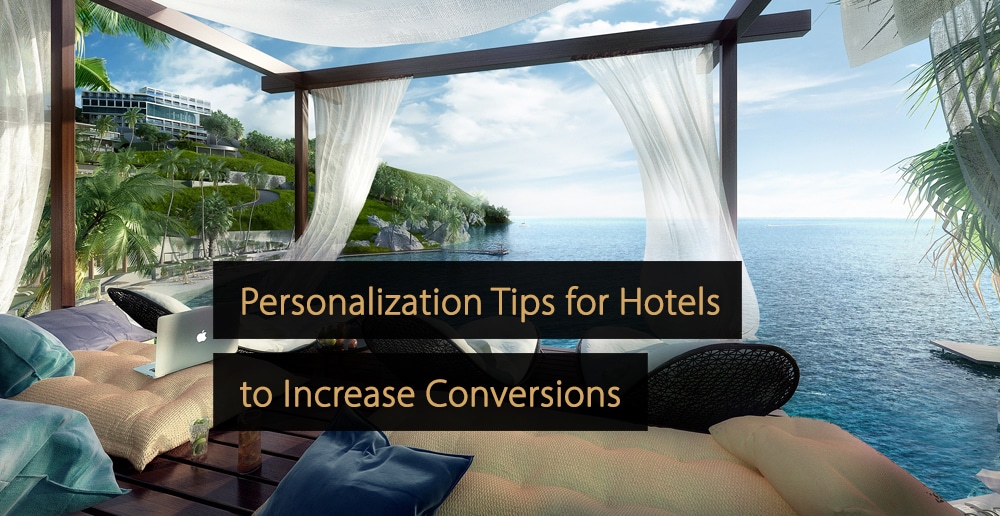
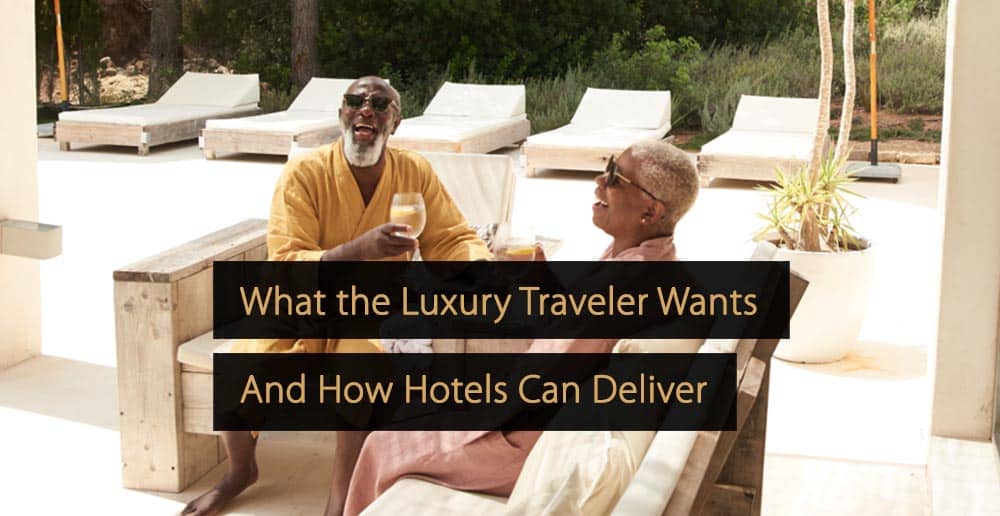
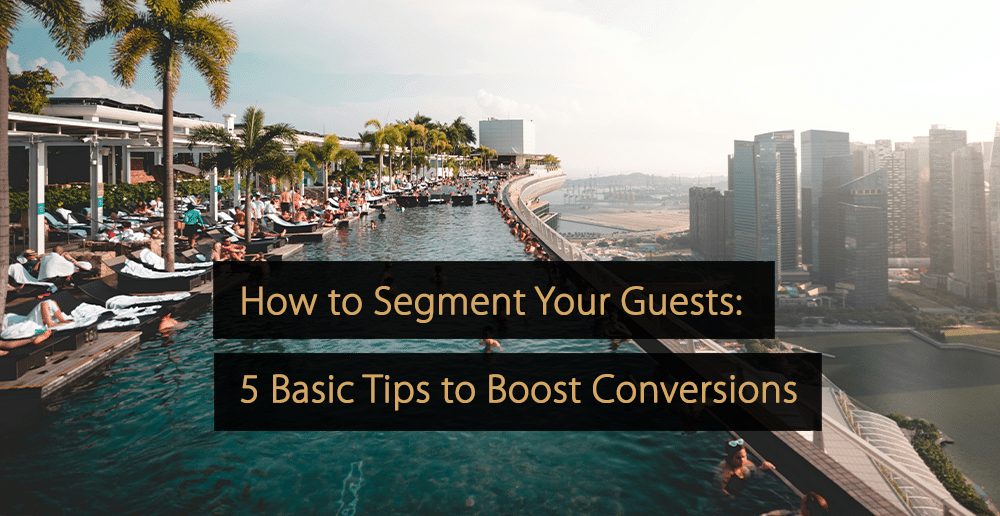
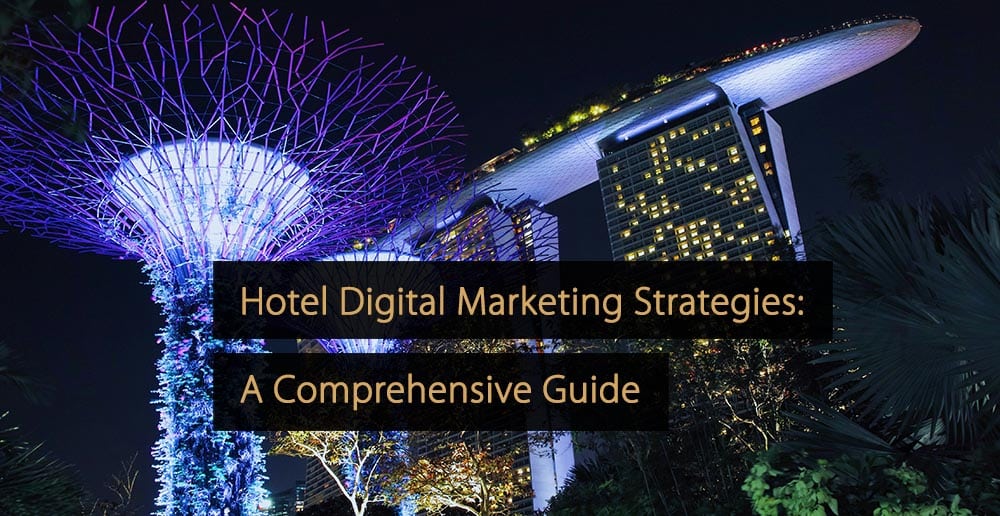
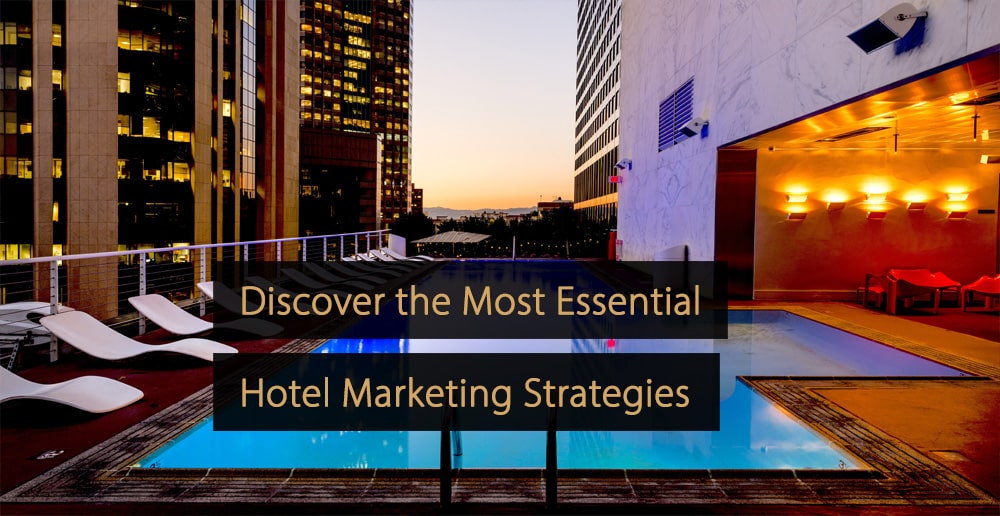
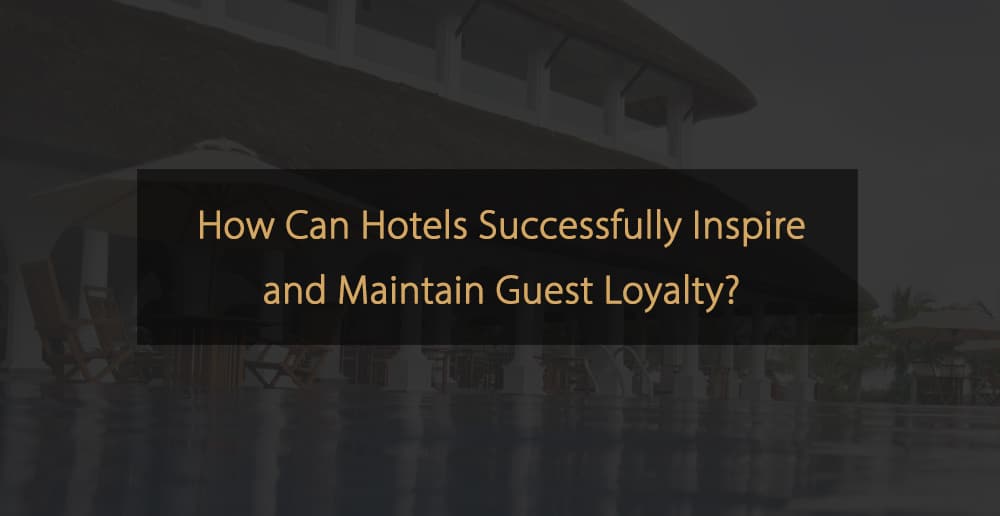

Leave A Comment